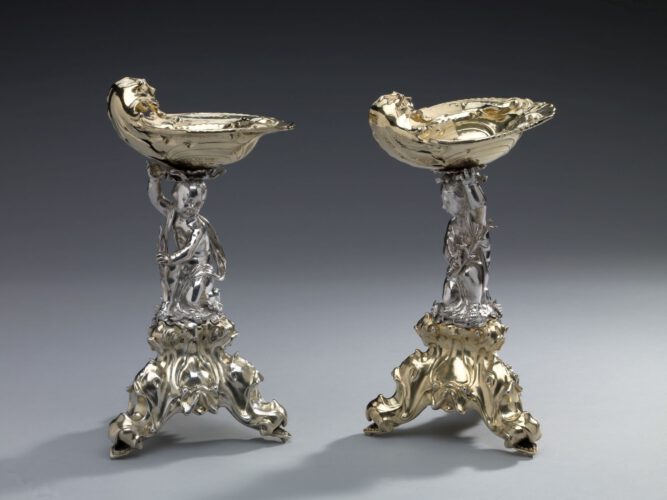THE HAGUE, 15 December 2022 – The Restitutions Committee’s advice to the State Secretary for Culture and Media and its binding opinions concerning Amsterdam City Council and The Hague City Council are to the effect that a total of six artworks should be restituted to the beneficiaries of Emma Budge (1852-1937). On the basis of the investigation by the Expert Centre Restitution (ECR), among other things, the Restitutions Committee concludes that it is highly plausible that the artworks were the property of the German-Jewish Emma Budge and that it is sufficiently plausible that her beneficiaries involuntarily lost possession of them after her death.
Emma Budge’s Estate
Research has revealed that the artworks were part of the art collection of the Budges, who lived in Hamburg. After the Nazis came to power in Germany, Emma Budge had a number of wills drawn up relating to the disposition and sale of her art collection. After her death in 1937 the Jewish executors she had appointed were unable to implement her wishes. Contrary to the stipulations of her last will, in 1937 the artworks were sold at auction at the Aryanized Paul Graupe auction house in Berlin. The goblet holder and the pottery dish were purchased at this auction house by the then Gemeentemuseum Den Haag. After the four salts were purchased in 1937 at Graupe by a person called ‘Graetzer’, about whom no details are known, they changed hands a number of times until, in March 1960, they were purchased by Amsterdam City Council in a sale at the Frederik Muller auction house in Amsterdam. It sold one pair of salts to the Dutch State for the Rijksmuseum Amsterdam. The Amsterdam Museum was given custody of the other pair by the City Council.
Emma Budge and her beneficiaries, because of their Jewish descent, belonged to a persecuted population group and the loss of possession happened during the Nazi regime. On the grounds of criterion 3.1 of the applicable assessment framework, the Committee must assume that the loss of possession was involuntary, which has not expressly appeared otherwise in this case. In the Committee’s opinion the changes that were made on the initiative of Emma Budge to the provisions in her will cannot be considered in isolation from the political developments in Germany from 1933 and rise to power of the Nazi regime. The consent of the executors to the sale at the Aryanized Paul Graupe auction house cannot be considered as a free choice and consequently not as voluntary. It is furthermore plausible that the Budge beneficiaries did not have free disposal of the proceeds of the sale as a result of the Nazi regime’s anti-Jewish measures.
The State Secretary for Culture and Media has accepted the advice, and Amsterdam City Council and The Hague City Council have concurred with the Restitutions Committee’s binding rulings. The Dutch State and the City Councils will restitute the artworks to the beneficiaries of Emma Budge.
The following works are involved:
- A set of four salts by the artist Johannes Lutma (1584-1669). The salts were purchased by Amsterdam City Council in 1960. Two of the salts are in the Rijksmuseum and the other two are in the Amsterdam Museum;
- A goblet holder by the artist Andries Grill (1604 – 1665) and a pottery dish (artist unknown, Sultanabad, c. 1285-1400). These artworks were purchased by The Hague City Council in 1937 and are in the Kunstmuseum Den Haag.
Relevant recommendation, binding opinions and summaries:Budge, Binding opinion Budge / The Hague City Council and Binding opinion Budge / Amsterdam City Council
Related binding opinion: Bronze sculpture Moses, attributed to Alessandro Vittoria
